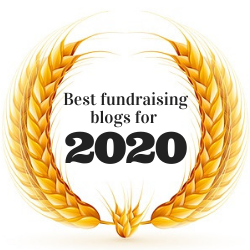
Imagine a prospective donor has learned about your organization, visited your website, and been intrigued enough to sign up for your organization’s emails. What happens next?
Most email service providers offer a standard welcome email template. A little something like this:
Welcome to XYZ org. We are happy to have you as a member of our community. Your email address and interest preferences have been recorded in our database. In the future, you will receive periodic emails specific to your interests.
Privacy is important to us; therefore, we will not sell, rent, or give your name or address to anyone. At any point, you can select the link at the bottom of every email to unsubscribe.
Hardly a message that invites a relationship. Yet, according to The Rebel’s Guide to Email Marketing:
“The welcome email tends to have a much higher open rate compared to other emails in a campaign. In fact, according to some analysis done by the Experian CheetahMail Strategic Services Group, “Welcome emails generate four times the total open rates and five times the click rates compared to other bulk promotions.”
Your new subscriber has just taken the step of inviting you into their personal in-box. Don’t miss out on this heaven-ent opportunity. Give them a warm and friendly welcome. How are you engaging new subscribers? How are you soliciting their feedback?
And why not go one step further? Rather than a one-time welcome message, think outside the box and develop a three to five-part auto-responder welcome series.
Developing an autoresponder series, one that welcomes and inspires new signups to small requests, such as signing a petition, responding to a short survey, “liking” your organization on Facebook, or watching a video, leverages Cialdini’s principle of consistency.
Case in point. This welcome email from The Connecticut Coalition for Achievement Now, an education advocacy movement, isn’t terrible. It is typically jargon-y and organization-focused. And I have no idea whatsoever what I’ve just signed up for. How could it be improved? I did a quick re-write to show you what I mean.
Download the *before* and *after* by clicking the image below.


















 I can’t wait to meet with you personally.
I can’t wait to meet with you personally.
Comments on this entry are closed.